[ad_1]
With a holiday where people are expected to gather in large groups taking place during a global pandemic, I went a different way for my Fourth of July weekend.
I will say up front that, despite the title, this is not a complete review of the Fujifilm GFX 100. Those who follow me know that I have already done multiple exhaustive reviews on the good, the bad, and the ugly about the camera, both from the business side and the operational side, so I won’t rehash that information here. I received my GFX 100 on July 1st, 2019, so it’s been just over a year since it arrived. The idea for the investment being that it would take over as my primary camera for all things still, both personal and professional. At $10,000, it wouldn’t be cheap, but as a commercial photographer who charges a kit fee, I would be able to recoup that investment over time. And those 102 MP files would be a real benefit to my clients who are mostly in the advertising world and would appreciate the flexibility of a larger file.
But the truth of the matter is that, while owning the camera for a year, the GFX 100 hasn’t come out of the camera bag for a few months. There are two main reasons for that. One technical, one practical. As I wrote about in my previous articles, the GFX 100 has the best image quality I’ve ever seen. But, despite a number of high-tech features built-in suggesting it can be handled more like a DSLR, it still has a number of weird quirks that have often left me more frustrated with its operation than marveling at the end result. As a result, rather than replace my Nikons, it has oddly driven me back into the arms of my D850. Sure, I lose the megapixels. But megapixels are only so important. And when your reputation is on the line with each press of the shutter, dependability suddenly becomes more important than specs in the pecking order.
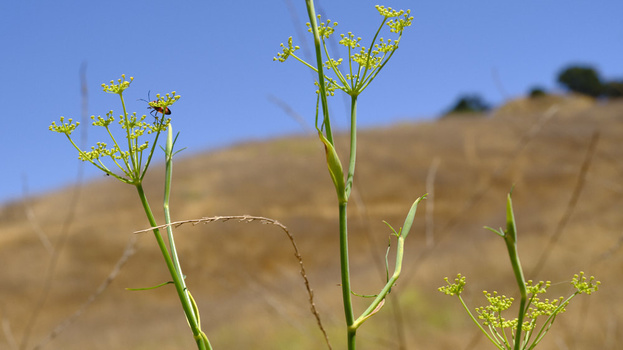
Of course, that brings me to reason number two why the camera hasn’t come out of the bag much in the last couple months. If you are also a professional photographer, you’re probably already aware of the second reason, as I know I’m not the only one who has seen a drop in production due to the pandemic. Essentially, the type of jobs that might make hassling with the GFX 100 worth the effort have been put on pause. That’s not the camera’s fault. But while I’ve still been doing a great deal of shooting both personally and for the editorial world, neither requires 102 MP, leaving me to simply pick up what I feel like shooting with. That has tended to be the D850 or even my newly acquired Z 6, even though the latter was really purchased primarily for its video.
Yet, despite my article starting off giving the impression that it is a mini review of all things wrong with the GFX 100, it is undeniable that the images that come from the system never fail to impress. My reluctance to use it is more about my personal preference and shooting style than it is about the technical qualities of the tool itself. So, while I can’t say that I’m happy that the camera has taken a position in my camera lineup more as a pinch hitter than as a starter, I do still look for opportunities to get it into the game. And taking it out this weekend on a pair of road trips to celebrate the holiday in truly socially distanced style was a great way to engage with the system.
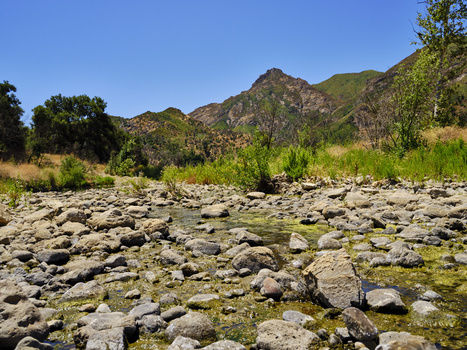
Landscape Photographer’s Dream Camera
I am not a landscape photographer. My journey towards being a professional photographer has gone through a number of phases with different realizations defining each. The very first realization I had which has held true throughout my career is that if a picture doesn’t have a person in it, I tend not to care. That’s not a knock on landscape photography. It’s just something that I learned about myself early on and instead chose to focus on “people” photography.
I do, however, like to go for long runs and walks. With myself and my fellow Los Angelenos having been encouraged to stay home over these last few months with no end in sight, my daily walks around my neighborhood have been invaluable in maintaining my sanity. But, as much as I like my neighborhood, it’s hardly the most visually intriguing. So, even though I always take a camera with me, there’s very little to actually shoot.
That’s what led me on the first leg of my long weekend to Malibu Creek State Park. If I’m going to walk, why not do it someplace beautiful? And what better way to social distance than go to a place where the land is expansive? Taking the GFX 100 out with me for the hike. I was instantly reminded that this camera does two things that I imagine would greatly appeal to most nature photographers.
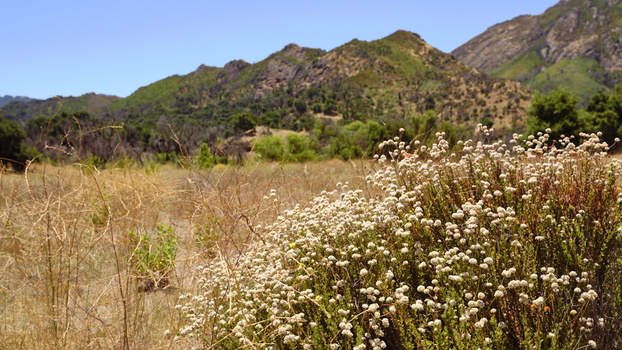
When asked to describe the “medium format look,” I always respond in the same way. It has this magical quality that makes you feel like you almost want to walk into the picture. It feels like a world in and of its own. I realize that’s not the most technical explanation, but it just gives you a sense of depth. This feeling is great for shooting vast landscapes and sprawling hills when you want to really feel the world represented in a single still frame.
Conversely, the 102 MP of the GFX 100 can resolve detail like no other. So, on the times when you don’t want to back up and show everything, but instead want to narrow your focus to a small detail, the camera does a great job of pulling out every little detail.
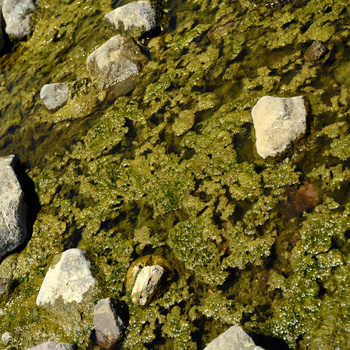
It Deals With the Elements Well
On the second leg of my holiday walkabout, I traded in the mountain for the desert. I spent a day strolling through Joshua Tree, a desert wonderland about 2½ hours east of Los Angeles. The area gets its name from the litany of trees that dot its landscape, sprinkled among larger rock formations. Being the desert, temperatures can soar. And this day was no different. I really should have taken the website more seriously when it suggested the best times to visit the area, which didn’t include July. But hey, I woke up early with an urge to go for a drive.
Doing my best to shield myself from the sun, I was a bit concerned that the camera itself would overheat. There was very little shade to speak of, and I walked for miles and miles with the sun beating down on the both of us. But despite the sun warming the plastic to the touch, the camera itself didn’t shut off due to overheating throughout the day. There were other quirks that I’ll get to in a moment. But it did a better job than I expected in dealing with the elements.

It Likes Tripods
I hate tripods. I am way too manic on set to have my camera fixed in one position. I like to move fast and move from concept to concept as soon as they come to me, so I tend to avoid tripods as much as possible. One of the major draws of the GFX 100 is the built-in IBIS and the ability to handhold at slower shutter speeds. And this totally works. But, just as an experiment, I did force myself to sit the camera on sticks for much of my time in the desert, and like most cameras, the full detail of the GFX sensor really shined when I was able to give it maximum stability. You don’t have to use a tripod. But just thought I’d mention that even for the tripod-averse like myself, it can have benefits.
Those Other Quirks
Of course, because my experience with this camera has been a never-ending story of frustration versus reward, there were a few little hiccups here and there. Most of these hiccups I’ve had with the camera even while shooting models inside a completely controlled environment, which is part of the reason it’s never taken over the mantle of full-time starter.
For example, the camera tends to toggle in and out of modes on its own from time to time. One second, I’m seeing an exposure preview. The next second, I’m not. One second, I’m in wide area AF, the next I’m in all. Most issues with the camera can be solved by turning it off, then turning it back on. But one time, I even went through an entire shoot with the camera then got home only to realize that somehow, I’d ended up only shooting JPEGs and not raw. Before you might assume that I had changed this and forgot to change it back, I should point out that not once in almost 20 years have I set my camera to anything other than raw. So, I’m pretty sure I didn’t change it that time. Needless to say, I was less than happy to discover this when I got the images into Capture One. Of course, things like this are not a big problem when you are out shooting for fun. But they definitely would be a problem were this to happen in front of a client.
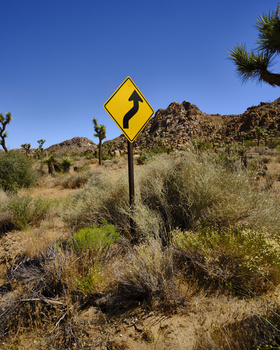
The camera also has this tendency to put my focus point in random areas, so every time I pick it up, I have to go through this little game of Where’s Waldo to figure out where the focus box is located. When I first bought the camera, it did this, and I fixed it by turning off all touch to focus options related to the LCD. I always shoot with my eye to the viewfinder, so I assumed my nose was moving the focusing points by accident. This works most of the time. But sometimes, for no explainable reason, it won’t. This weekend, I tried turning off the option again. I also tried turning off the option to store focus points by orientation. But on this particular shoot, the camera seemed determined to bury my focus points in the far corners of the frame. Because I was shooting landscapes that presumably don’t move other than during earthquakes, constantly relocating my focus point is merely an annoyance rather than a deal-breaker. But, if I’m on set shooting a spontaneous model and need to be able to shoot at a moment’s notice, having to constantly hunt for my focus point is a problem.
In my longer review, I went into detail about how I ended up disabling the majority of the customizable buttons on my GFX 100 just to avoid this problem of constantly changing settings by accident. But my camera still seems determined to switch into different modes on its own. This especially seems to happen when changing batteries, as if something resets when it is momentarily without power. But I’ve also had it happen just while shooting a series of images in a row. Speaking of power, the battery level indicator also seems to have a mind of its own, sometimes reading full then dropping to empty almost immediately, other times reading as empty, but going on to shoot for an extended period as if it were full. This is with the official Fuji batteries. I make sure to always have extra batteries no matter what the indicator says, but this does nothing to settle my nerves and make me more confident about bringing it as my primary on important shoots.
Perhaps some of these quirks are due to something I’m doing, but, as of yet, I can’t seem to figure out what those mistakes would be. If you are also a GFX 100 owner and have encountered similar issues that you’ve been able to solve, I’d be more than happy to hear about them in the comments section.
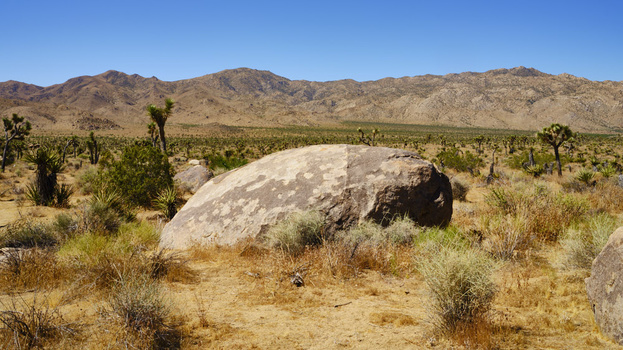
Simply put, the darn thing is just quirky. So, while I continue to be amazed at the final files, I also continue to be frustrated by small annoyances every time I go out to shoot. These little annoyances are what have prevented the camera from taking its intended position as my main camera body and instead relegated it to occasional personal use.
As I said earlier, I don’t mean this to be a complete review of the camera. I did a detailed multi-part review of the camera, which goes far more in-depth about both the drawbacks and the unmistakable benefits of the system. If you are really considering if the GFX 100 would be a good fit for your workflow, I suggest you check out the earlier review. Even with the hiccups, it might just be perfect for you, depending on your shooting style. But with the holiday weekend concluded, and my first year of ownership of the GFX 100 giving me a clearer view of where it fits in my camera lineup, I thought it might be a nice time to check back in with a story about wandering in the desert in search of meaning (and something to photograph).
[ad_2]
Original Source Link